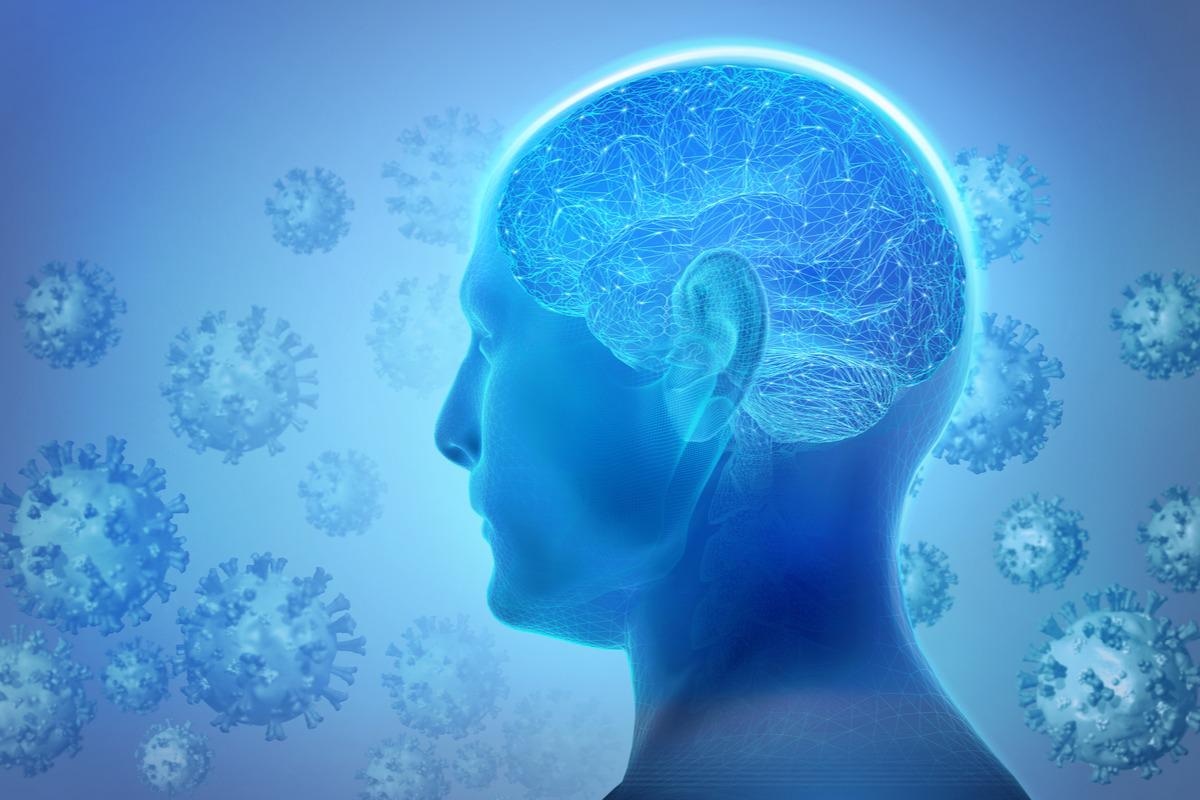The coronavirus disease 2019 (COVID-19) pandemic has taken a toll on human health for over two years, with over 6.16 million documented deaths. Both respiratory and neurological symptoms have been prominent in this disease. A new study in the journal of Clinical and Translational Neuroscience describes the neurological features of COVID-19, both short- and long-term.
 Study: NeuroCOVID: Insights into Neuroinvasion and Pathophysiology. Image Credit: Dana.S/Shutterstock
Study: NeuroCOVID: Insights into Neuroinvasion and Pathophysiology. Image Credit: Dana.S/Shutterstock
Introduction
The pathogen causing this outbreak, the severe acute respiratory syndrome coronavirus 2 (SARS-CoV-2), is considered a respiratory virus, with most fatal cases succumbing to severe pneumonia or acute respiratory distress syndrome (ARDS). However, in critical cases of COVID-19, multi-organ dysfunction is the rule.
This includes injury to the cardiovascular system, the kidneys, and the central nervous system (CNS). SARS-CoV-2 protein and genetic material have been retrieved from brain tissue and the cerebrospinal fluid (CSF) that bathes the CNS in some patients. However, since this is the exception rather than the rule, the mechanism of neurologic injury remains unknown.
Both acute and chronic neurological features have been documented in COVID-19 patients – dubbed NeuroCOVID in the current paper. In the former, patients may suffer from stroke, ischemic brain damage, changes in the mental state, inflammation of the brain, or brain damage due to toxins. Most commonly, of course, patients report a headache, abnormalities of smell and taste, neuropsychiatric illness, and dizziness.
When these complaints last beyond the acute period, for 12 or more weeks from the onset of symptoms, the patient is said to have post-acute COVID-19 syndrome (PASC), also called Long Covid. In addition to neurological symptoms, this includes persistent cough or shortness of breath, gut symptoms, chest discomfort, and tachycardia. Long NeuroCOVID may present as depression, insomnia, cognitive impairment, headache, and dizziness.
Employing the international research collaborations that came into being with the pandemic and using interdisciplinary expertise, much knowledge has been gained as to the underlying changes leading to Long NeuroCOVID.
Neuroinvasion
Many studies have reported the presence of low quantities of the virus in the CNS in patients with fatal COVID-19. This could be due to viremia, with the virus then attacking the endothelial cells of the brain vasculature. This could account for the presence of SARS-CoV-2 proteins here, overcoming the blood-brain barrier.
However, neuroinvasion is a complicated process, as the virus would have to replicate in quite different tissues in a sequential manner.
The possibility of brain entry via endothelial invasion by the virus has been raised from animal models studied during the early part of this pandemic. More recently, the study of capillary endothelial cells derived from human induced pluripotent stem cells (iPSCs) has demonstrated viral transport and replication within the brain endothelium.
This showed viral particles attaching to one side and leaving from the other side of the capillary cell. The choroid plexus, a very vascular part of the brain, is key to maintaining the blood-brain barrier (BBB) as well as the blood-CSF barrier. The breakdown of this structure in COVID-19 has been documented, supporting the involvement of the BBB in neuroinvasion by the virus.
The nasal cavity is the route of entry of the virus in most patients and supports enormous quantities of the virus. Within the olfactory mucosa, the virus moves into the nerve endings, both olfactory and sensory, and can thus enter the brain itself.
An alternative route is suggested by the fact that the virus is found primarily in the sustentacular cells in the respiratory mucosa and has not been found in the olfactory neuron or the olfactory bulb.
The virus-induced damage to the brain, including glial reactions and neuroinflammation, is observed mostly within the brain stem, including the respiratory centers that contain the vagal nerve nuclei. Many neurological symptoms also suggest vagal injury.
The lung is heavily regulated by vagal nerve endings. Viral proteins have been found within the vagal nerve in fatal COVID-19 cases. These findings certainly suggest that the virus may be entering the CNS via the vagal nerve.
Since most data on neuroinvasion has come from COVID-19 fatalities, the propagation of the virus in milder cases, which make up the majority, and in the acute phase, remains a largely unknown subject. Other pathways may come up with further research, and it may well be that there are multiple pathways. The preferred route may depend on both host and virus factors.
NeuroCOVID pathophysiology
The actual mechanisms of CNS damage in COVID-19 may be either direct viral invasion of the neurons and associated cells or the result of a neuroimmune response.
Several scenarios present themselves.
One is the proteolysis of a key signaling factor in the host cell, called nuclear factor (NF)-κB essential modulator (NEMO), by the main viral protease (Mpro) enzyme. This could disrupt several crucial pathways required for endothelial cell survival, causing the death of these cells with microvascular injury.
Neuroimmune responses involving both the innate immune system, via microglial activation and the formation of microglial nodules, and the adaptive immune system, with increased CNS monocytes and T helper cells.
Disruption of the BBB due to the presence of the virus in the brain or because of a hyperactive peripheral or CNS immune response.
Autoimmune reactions whereby anti-SARS-CoV-2 antibodies also target antigens in the host neural tissue.
What are the conclusions?
The onset of COVID-19 has driven science forward as never before, as demonstrated in the unprecedented speed of vaccine development and the formation of a massive collaborative database of SARS-CoV-2 genomic sequences. The use of computers and specialized analytic and simulation programs, drawing in experts from an array of different fields to lend their skills to the unraveling of this tangle, and the rebirth of autopsy-based studies, with new ‘omics, has led to much progress in understanding how NeuroCOVID occurs.
Investment into thorough (neuro)pathological assessments, as well as basic and translational research, will certainly pay off in the form of mechanistic insights to guide biomarker identification and therapy development in NeuroCOVID-19.”